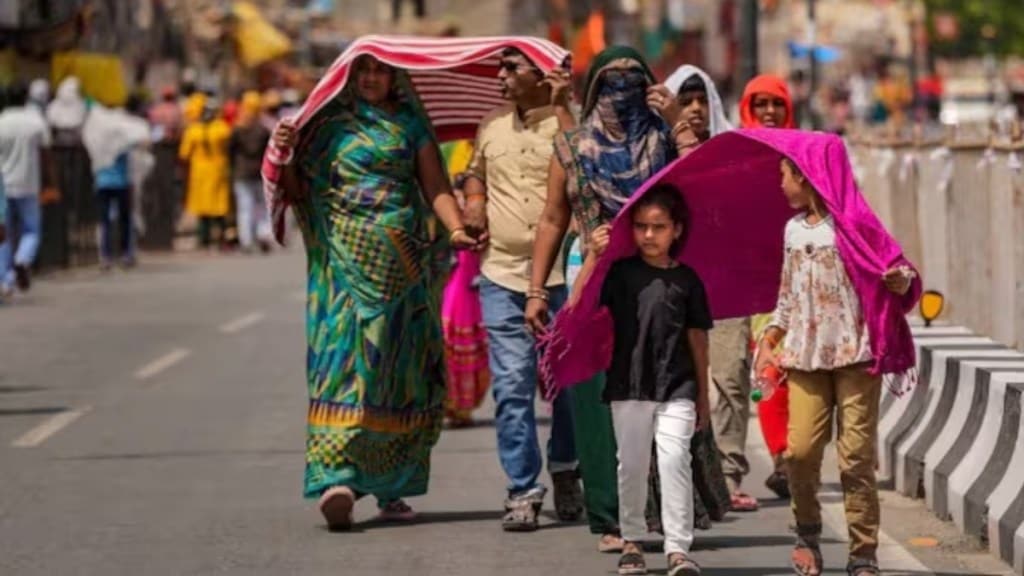Delhi reeled under extreme heat on Monday as the real-feel temperature or heat index soared to a sweltering 48.9°C, prompting the India Meteorological Department (IMD) to issue an orange alert for the next two days. The weather office has urged residents to take precautions against the ongoing heatwave.
The city’s actual maximum temperature reached 43.4°C, which is 3.4 degrees above the normal for this time of year. The minimum temperature was recorded at 27.6°C, while humidity levels ranged from 48% to 25%, making conditions feel even more oppressive.
Very hot weather to continue till June 12
According to the IMD, Delhi will continue to experience very hot conditions until at least June 12. Daytime temperatures are expected to hover around 44°C, and nights will remain warm at about 28°C.
Though strong surface winds between 20-30 kmph are forecast over the next two days, they are unlikely to bring much relief.
Heatwave grips Delhi and neighbouring states
Heatwave conditions have gripped the Haryana-Chandigarh-Delhi region, with areas like Hisar, Sirsa, Rohtak, and Delhi’s Ayanagar reporting temperatures close to 45°C. Monday marked the second straight day of heatwave conditions in and around the capital.
The hot days are also being followed by unusually warm nights, offering little respite from the heat. Experts say this raises the risk of heat-related illnesses, particularly among children, the elderly, and people with existing health conditions.
A slight reprieve may come starting June 12, as the IMD has predicted light rainfall and thunderstorms in parts of Delhi, accompanied by gusty winds between 30 and 40 kmph. While the showers are not expected to be heavy, they could bring temporary relief. However, officials warn that humidity may rise post-rain, making the weather feel muggy.
AQI remains in ‘poor’ category
Meanwhile, Delhi’s air quality remained poor on Monday, with the Central Pollution Control Board (CPCB) reporting an Air Quality Index (AQI) of 235 at 4 pm. According to CPCB standards, an AQI between 201 and 300 falls in the ‘poor’ category, which can pose health risks, especially to sensitive groups.
With inputs from PTI


